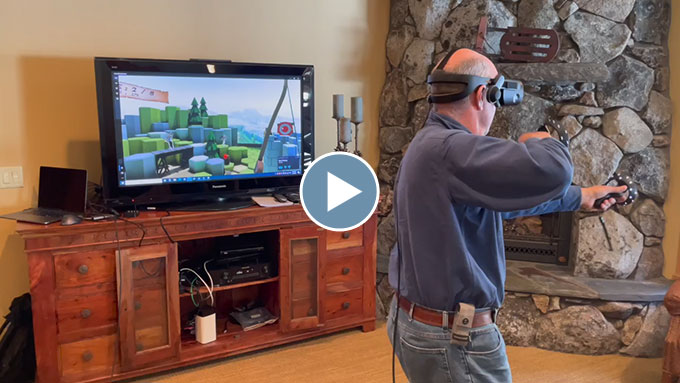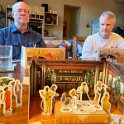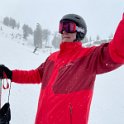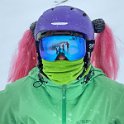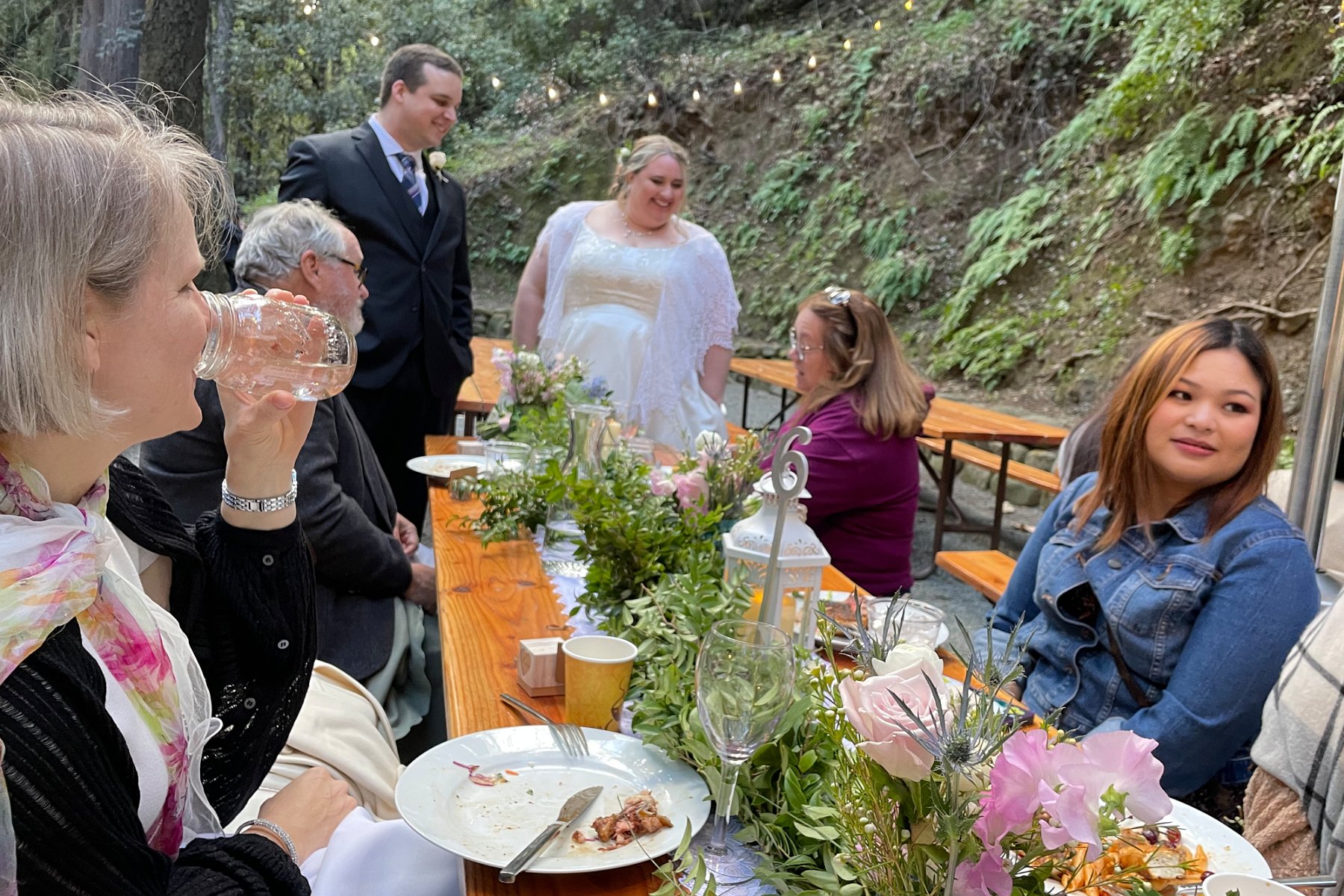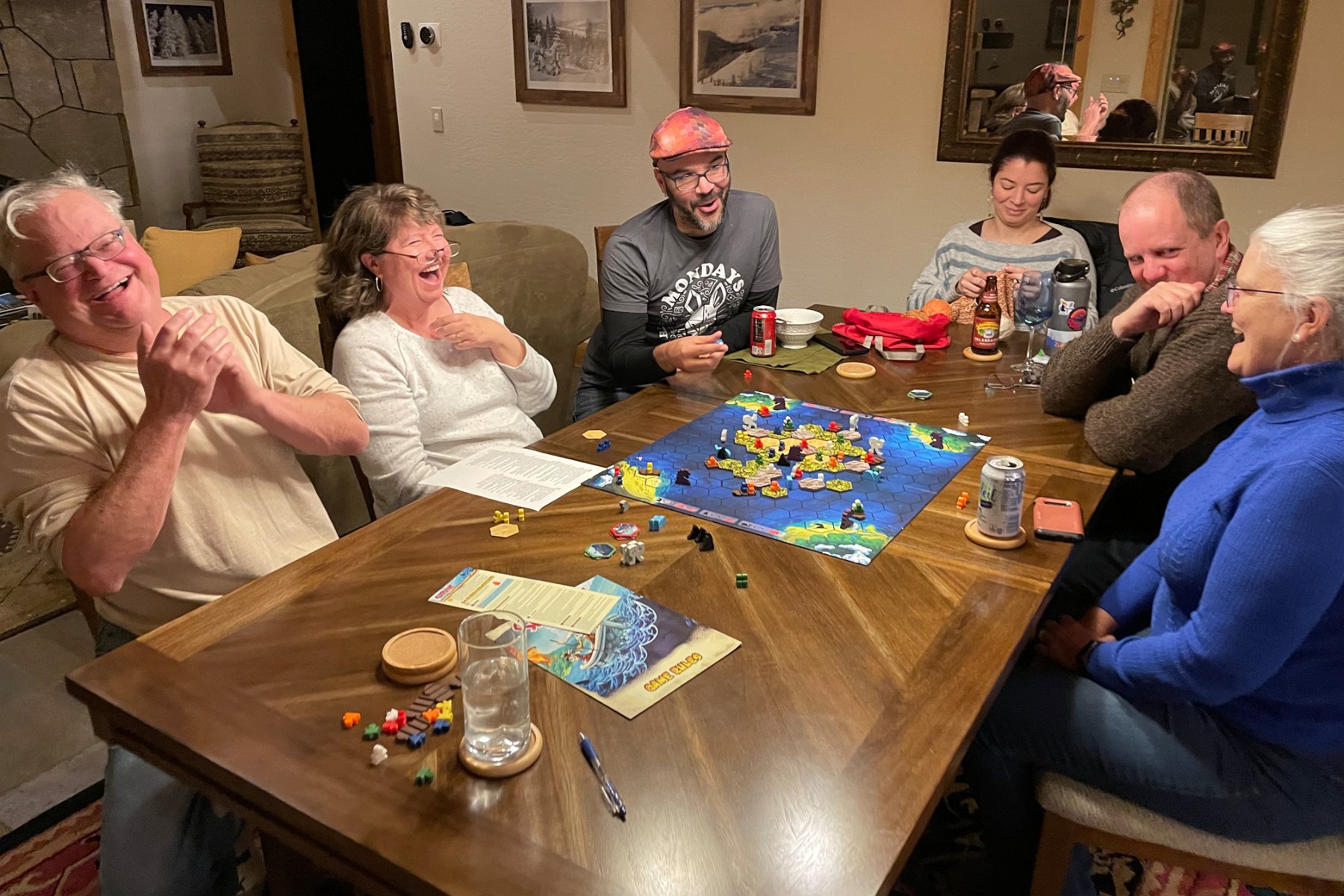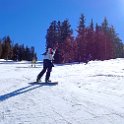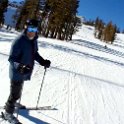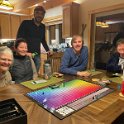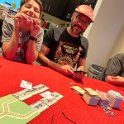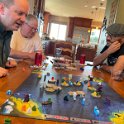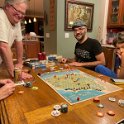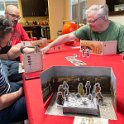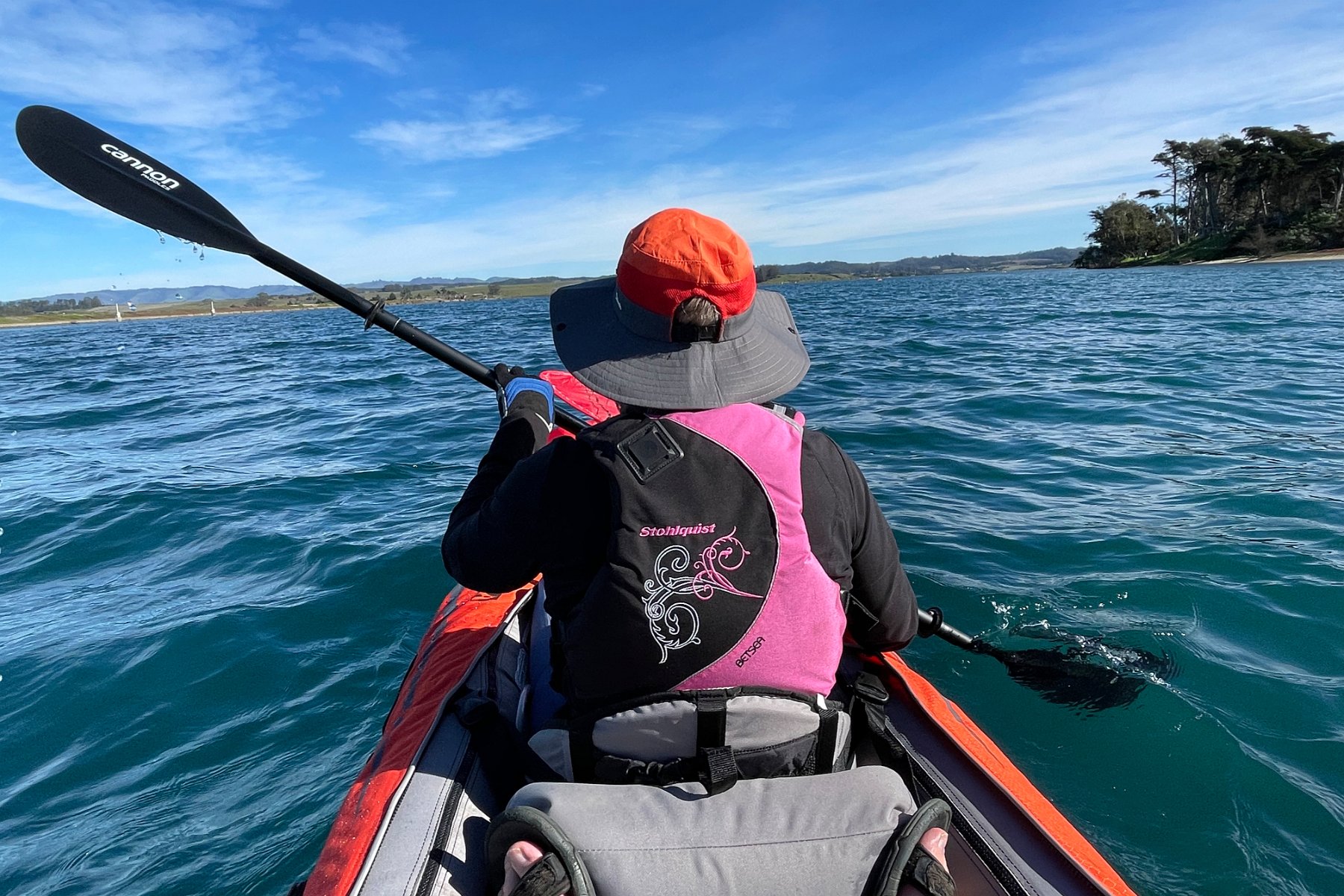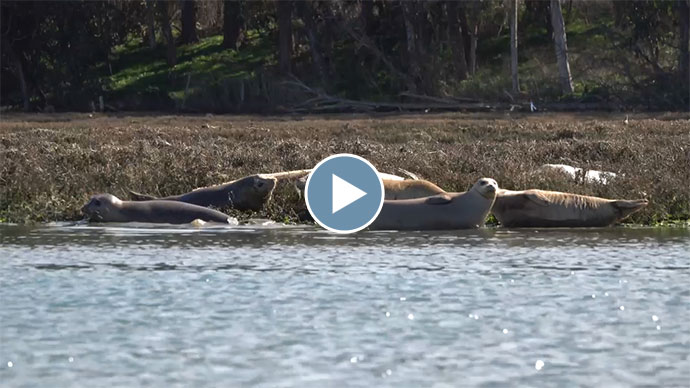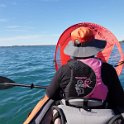These are pictures and videos from several more ski weekends at Homewood in Tahoe with Troy, Resi, Aiden and Darlene over February and March.
Author: Chris
Tahoe Ski Week
Darlene and I joined Bill, Stan and Jon for our yearly ski vacation week, this time in Tahoe in early March. We hit up Northstar and Palisades Tahoe during the week, with lots of board gaming in between of course. On Saturday, Stan and Jon joined us at Homewood with Troy and Aiden to enjoy a bit of new snow.

And a little VR demo-ing:
A High Speed Tour of the Tahoe Ski Areas
I took off in an F/A-18E jet from Truckee airport and visited most of the Tahoe area ski resorts in 12 minutes or less:
Kevin & Vanessa’s Wedding
Gamers Gone Skiing

We got our gaming group together in Tahoe in early February for a few days of skiing and board gaming. Geof and Nacho joined me on the slopes at Tahoe Palisades while Jennifer, Adriana, Laurie and Richard checked out the lake and old town Truckee – and Laurie got in an afternoon at Northstar.
We had exploding potions in Quacks of Quedlinburg, color confusion in Hues and Cues, pushed our luck in Diamant, placed our bets in Wits & Wagers, rolled for the top in Mountain Goats, intercepted secret codes in Decrypto, managed our tricks in both The Crew and Instinct, swam with sharks in Survive: Escape from Atlantis!, built up a map of cities and roads in Carcassonne, dodged avalanches in Slide 5, and laid out our “stained glass” dice windows in Sagrada.
Let The Games Continue
Starting with the wonderfully imposing monolith from Return to Dark Tower:
…and continuing with clan conflict in Inis, a jungle race in The Quest for El Dorado, city planning in Suburbia, back-stabbing cooperation in Cutthroat Caverns, murderous philosophy in Trial by Trolley, breeding pea plants in Genotype, holding back the inevitable dike failure in Lowlands, interstellar warfare in Cosmic Encounter, rail building in Iberian Gauge and feeding your friends to sharks and sea monsters in Survive: Escape from Atlantis!
More gaming in early February at the Tahoe house: Gamers Gone Skiing.
March update: Surviving an alien infestation in Nemesis, wheeling and dealing in Chinatown real estate, running around an Istanbul market, building power plants in Power Grid, working the financial markets in Speculation, evolving your sea creatures in Oceans, getting your pirates out in Cartagena, reaching the dramatic end to our months-long campaign in the The King’s Dilemma, arranging a group photo in Picture Perfect, betting and cheating on horses in Long Shot: The Dice Game, surviving in the paleolithic in Paleo, fighting foes in Return to Dark Tower, pulling off a difficult heist in Burgle Bros and racing crazed camels in Camel Up.
Also lots of game sessions without pictures: horse racing bets and cheats in Long Shot: The Dice Game, maneuvering a Parade of Alice in Wonderland characters, deducing the murderer and motive in Deception: Murder in Hong Kong, serving up beer in Taverns of Tiefenthal, shooting it out with Finger Guns at High Noon, more clan conflict in Inis, and a bunch of sessions with The Crew: The Quest for Planet Nine and The Crew: Mission Deep Sea.
Paddling Elkhorn Slough
While Darlene was out here visiting for a few days from Wisconsin, ;-) we took the kayak out for a late morning paddle in Elkhorn Slough. And of course we saw the usual array of sea lions, sea otters, pelicans, etc:
Skiing With Friends Again
We got piles of snow at the end of December, setting new records for the month (17 feet). The storm kept all the highways closed for many days, but Troy, Resi, Aiden and I were eventually able to get up to Tahoe – and ski together for the first time since before the Covid-19 pandemic.



